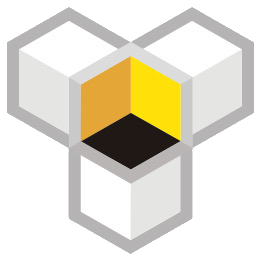Advantages of Building Websites with Sass in 2024
In this digital age, a vibrant website is essential for both businesses and individuals. Building an independent website is a great choice, but transitioning to SASS-based website development can make it even more convenient to achieve success. Sass, as a CSS preprocessor, is increasingly favored by developers due to its unique advantages. This article will explore the advantages of using Sass for website development in 2024 from multiple perspectives.
1. Code Reusability and Modularity
Sass allows developers to break down styles into smaller modules and combine them using @import statements. This enables code reusability, reduces redundancy, and improves code maintainability. Additionally, Sass supports mixins and functions, allowing developers to write reusable code snippets and further enhance development efficiency.
2. Powerful Features
Sass provides many advanced features such as variables, nesting, conditionals, loops, etc. These features allow developers to write CSS code more flexibly. For example, by using variables, developers can easily modify properties like colors and fonts without having to modify code in multiple places. Additionally, Sass supports selector nesting, which allows developers to have better control over the scope of styles.
3. Easy to maintain
Since Sass breaks down CSS code into smaller modules, it makes the code more clear and easy to understand, facilitating maintenance. Furthermore, Sass provides rich commenting functionality, allowing developers to add comments in the code to help others understand the functionality and logic of the code. Additionally, Sass can compile into browser-compatible CSS code, which means developers can use the latest Sass syntax for development without worrying about browser compatibility issues.
4. Improved development efficiency
Sass provides many convenient features such as autocompletion, code highlighting, syntax checking, etc. These features help developers write code faster and reduce errors. Additionally, Sass supports real-time preview, allowing developers to see the effect of their code while writing, greatly improving development efficiency.
5. Community Support
Sass has a large developer community, which means developers can easily find various resources about Sass, such as tutorials, plugins, templates, etc. Additionally, Sass integrates well with other front-end frameworks (such as Bootstrap, Foundation, etc.), making it more convenient for developers to use these frameworks for development.
6. Cross-platform Compatibility
Sass can run not only on web servers but also on various operating systems such as Windows, macOS, Linux, etc. This means developers can use Sass for development on any platform, increasing flexibility.
7. Version Control
Sass is compatible with Git version control system, which means developers can use Git to version control Sass code. With version control, developers can easily roll back to previous versions for troubleshooting. Additionally, version control helps developers manage code changes and improve development efficiency.
8. Integration with other tools
Sass can be integrated with many other front-end tools, such as JavaScript build tools (e.g. Webpack, Gulp), package managers (e.g. npm, Yarn), task runners (e.g. Grunt, Gulp), etc. This means that developers can use these tools for automated builds, testing, deployment, and other operations to improve development efficiency.
Summary
Building websites using Sass in 2024 has many advantages, including code reusability and modularity, powerful features, easy maintenance, improved development efficiency, community support, cross-platform compatibility, version control, and integration with other tools. These advantages make Sass an increasingly popular choice for developers.

